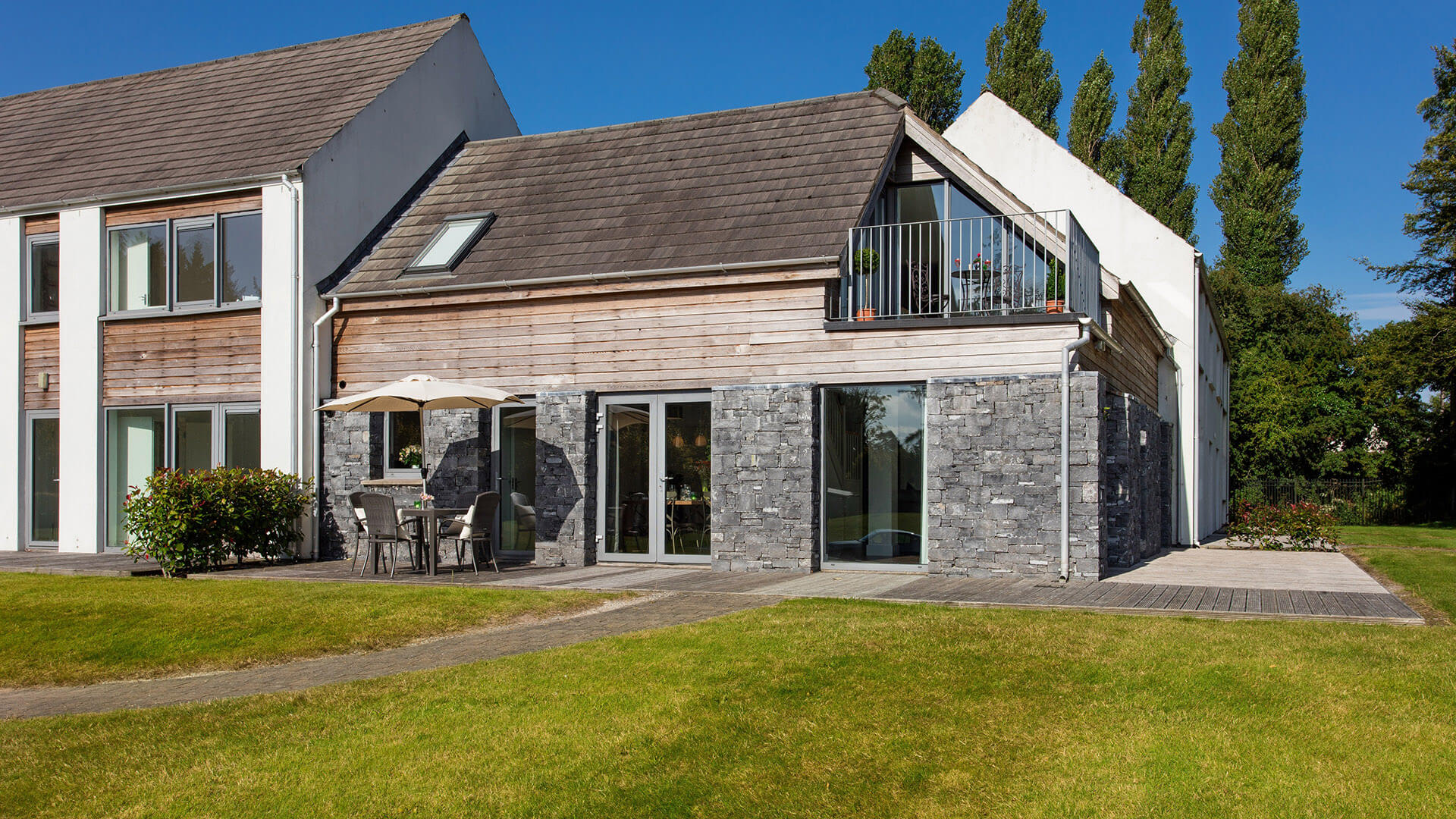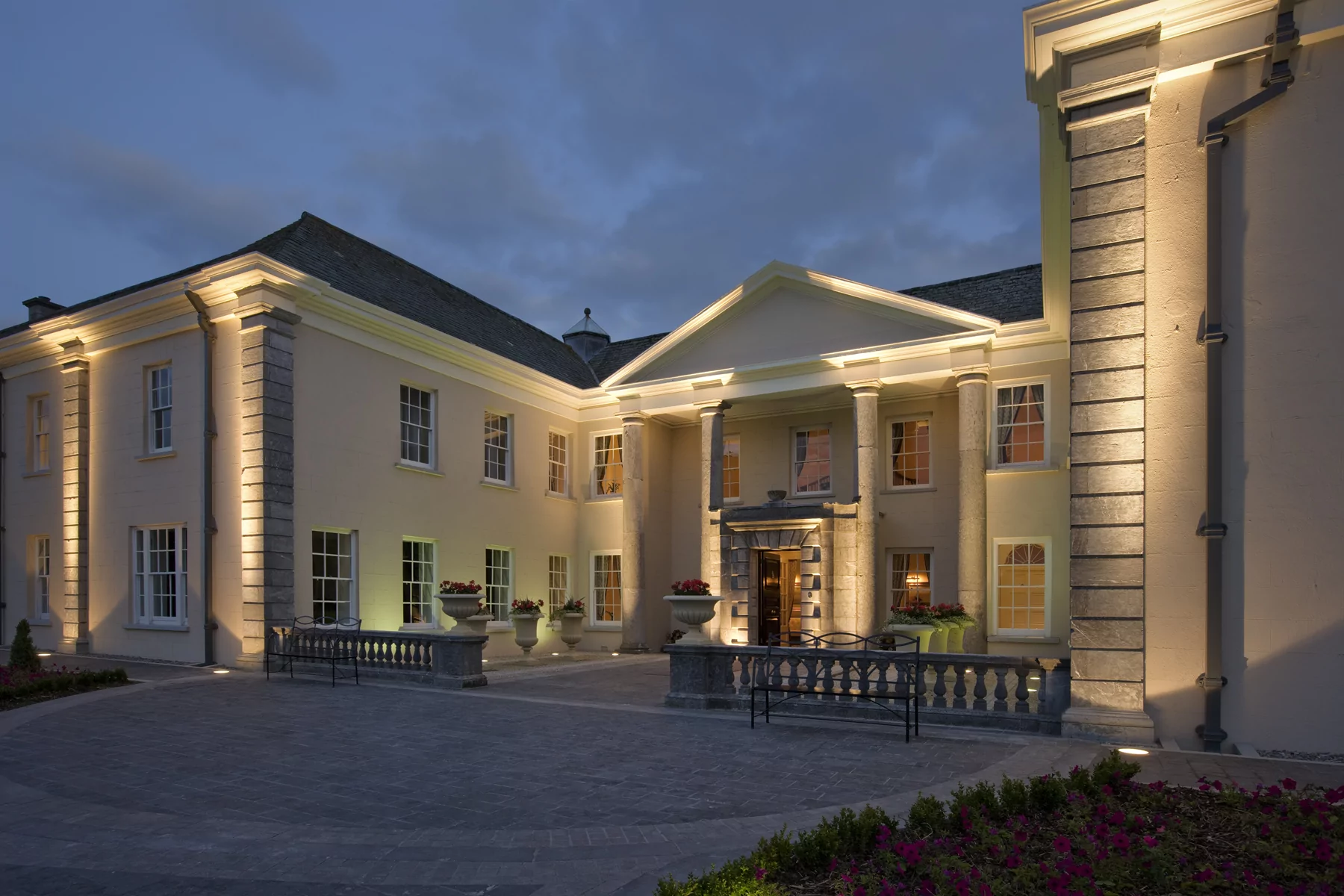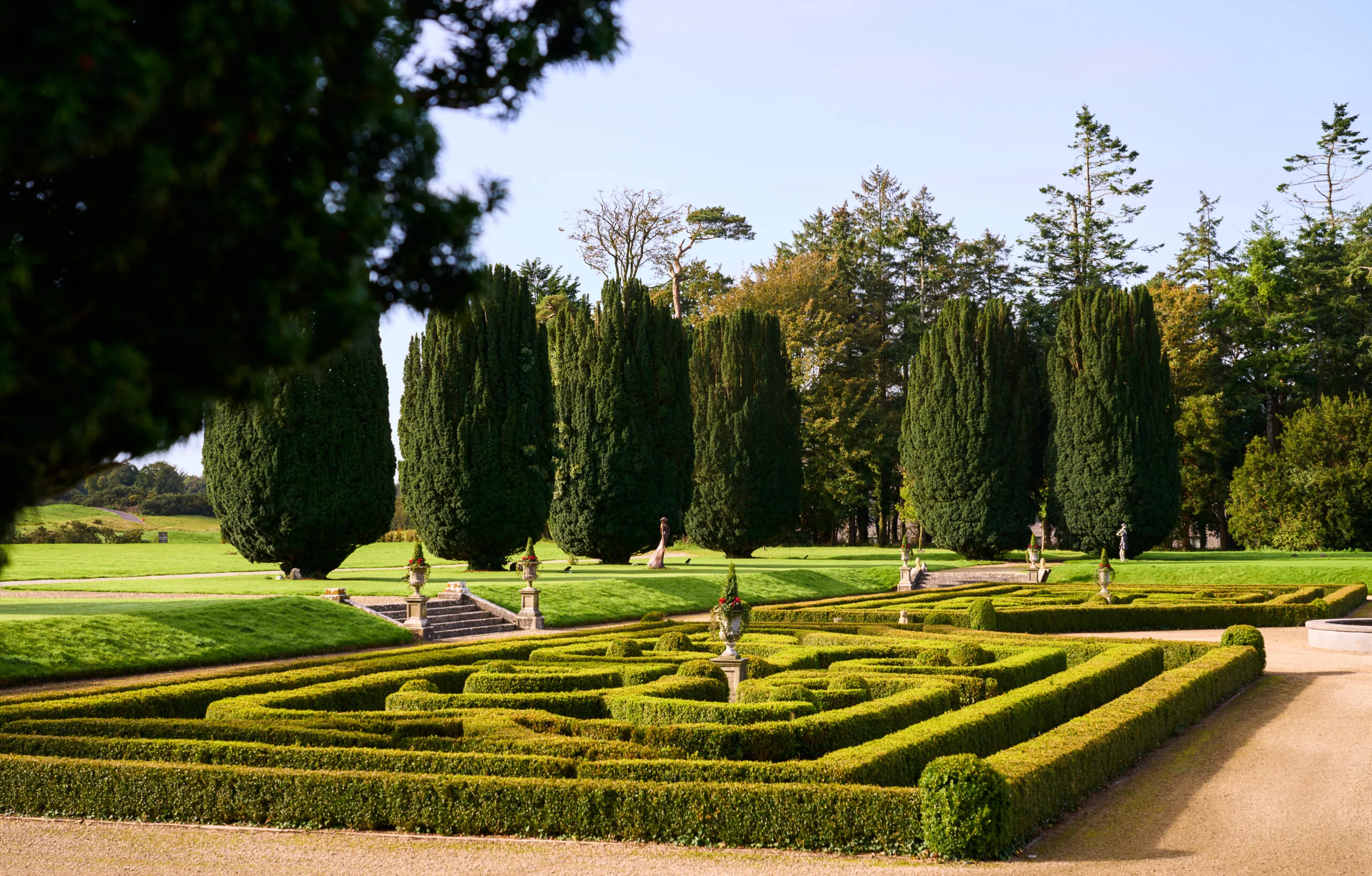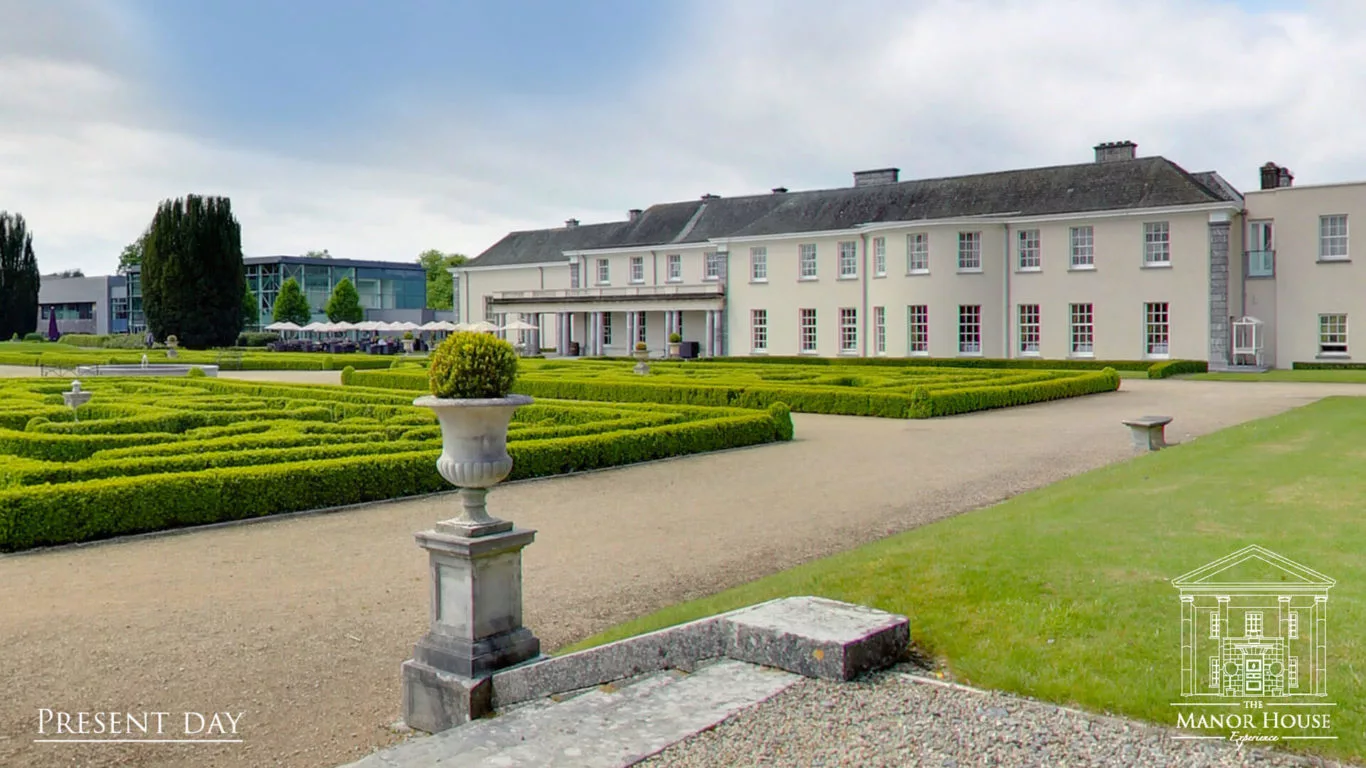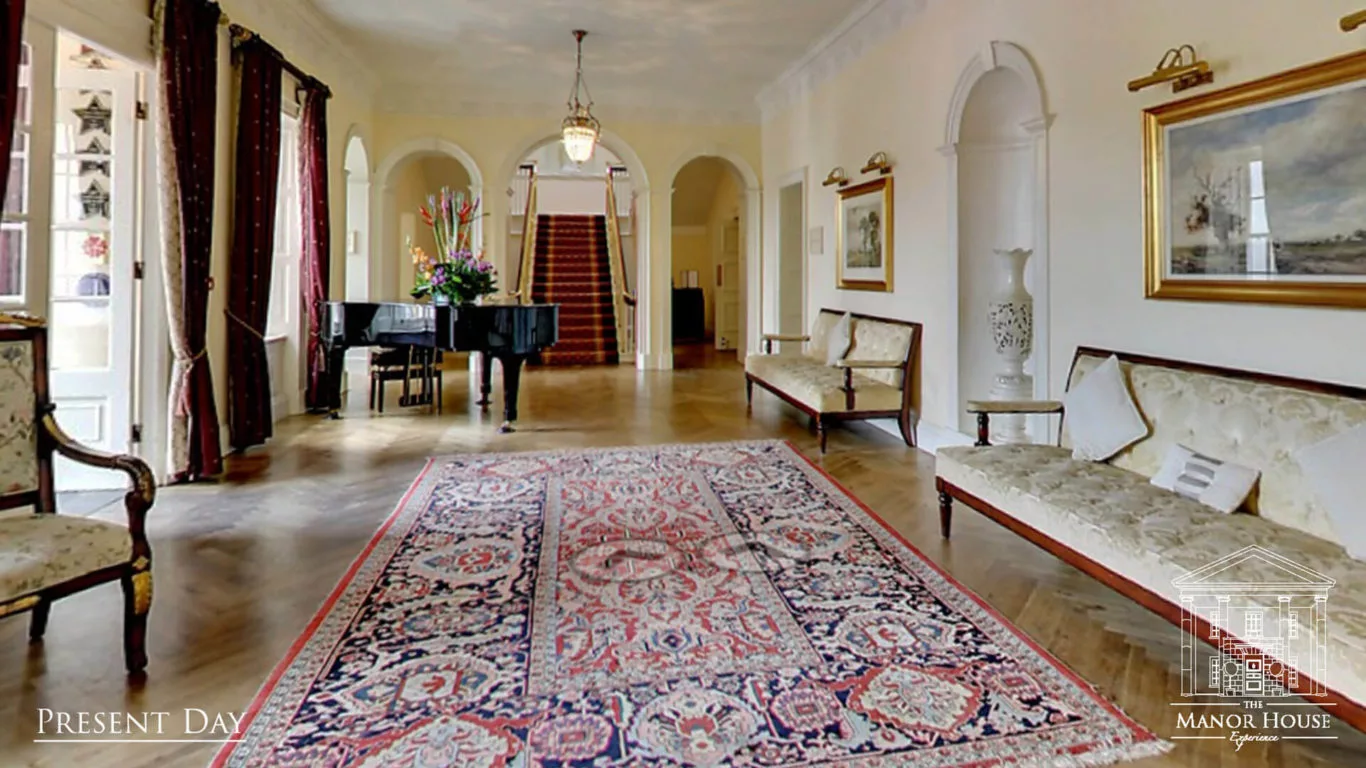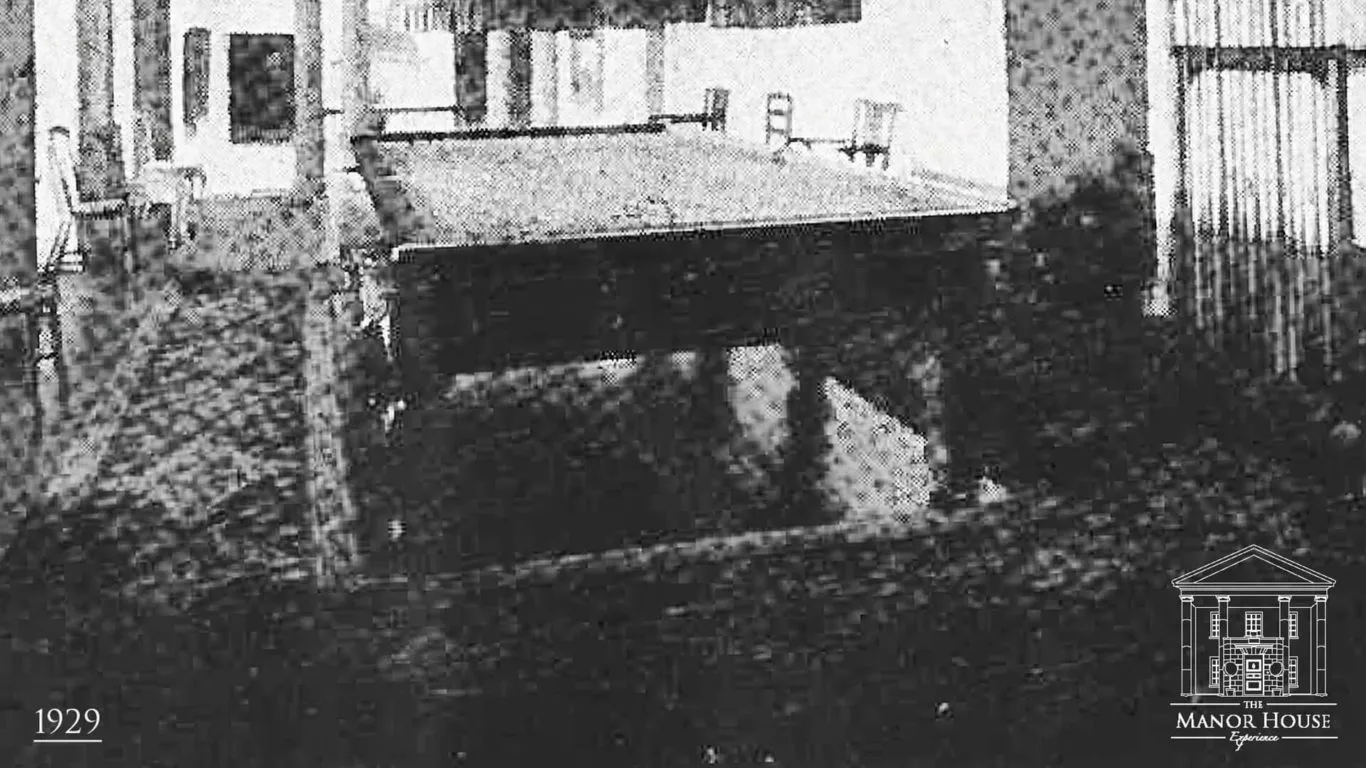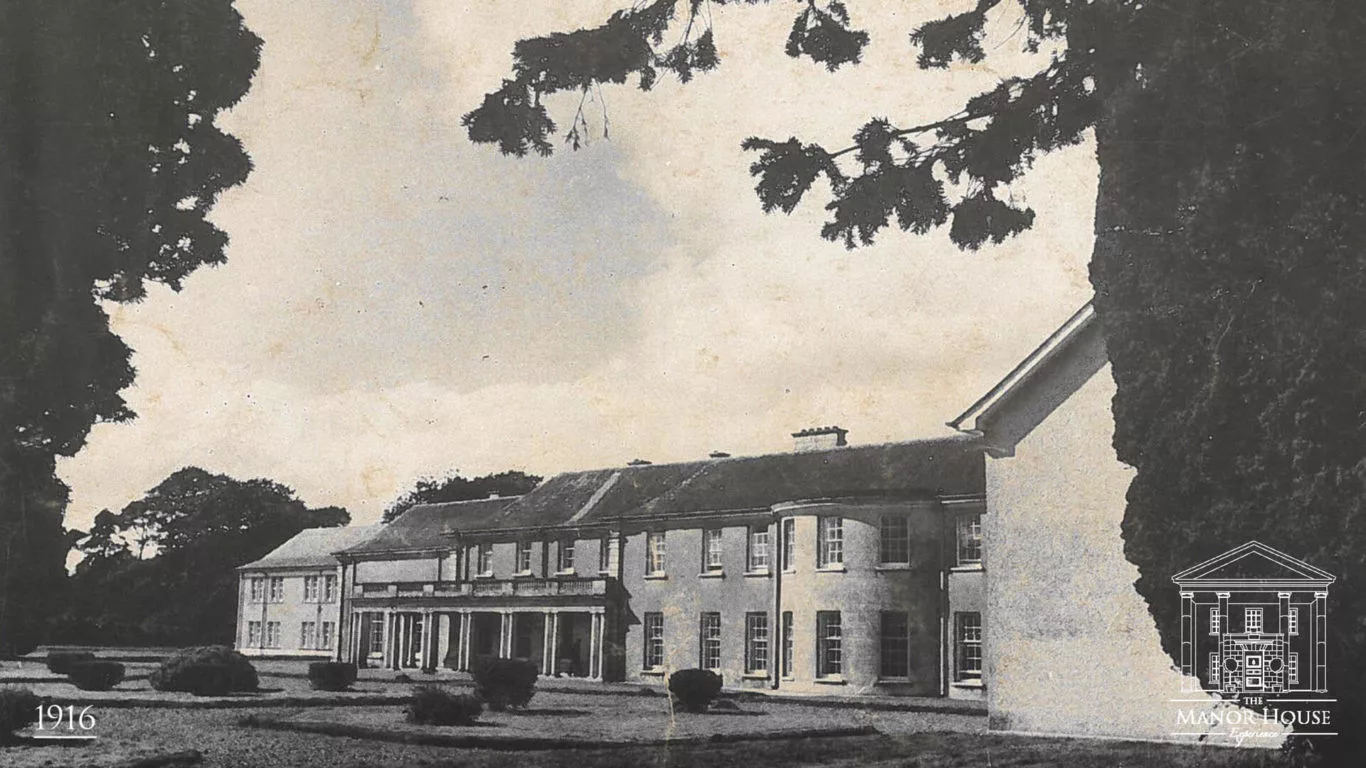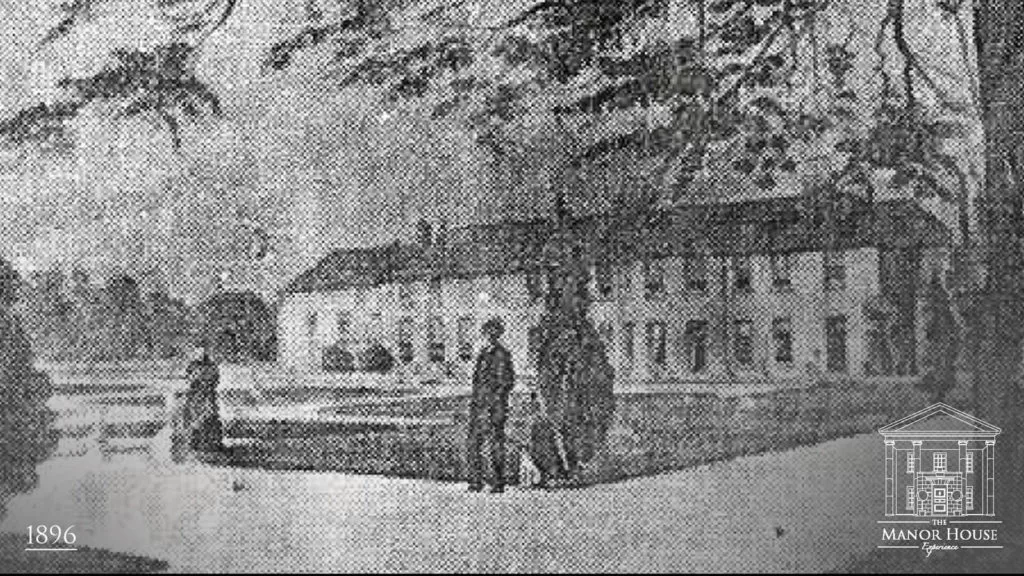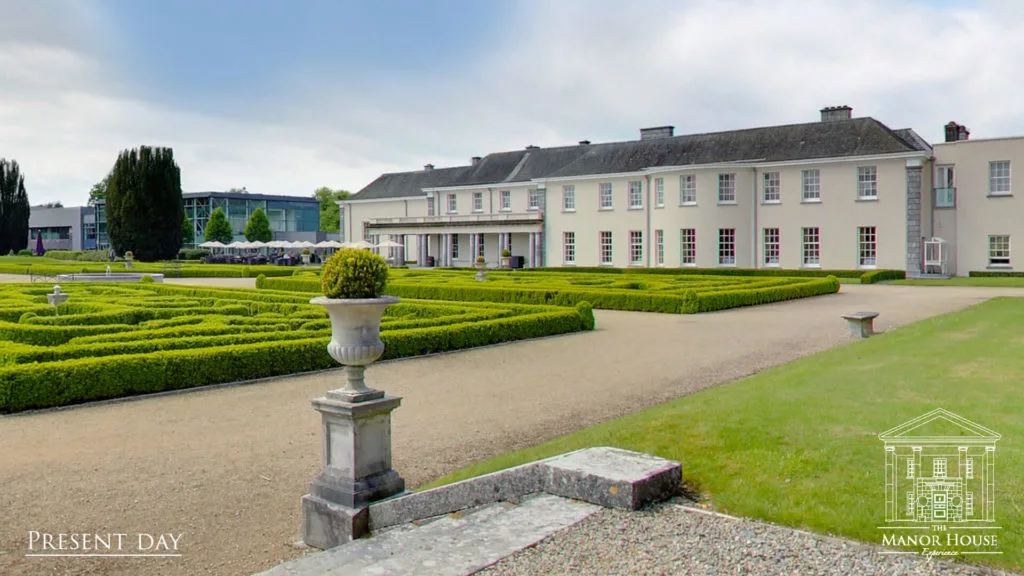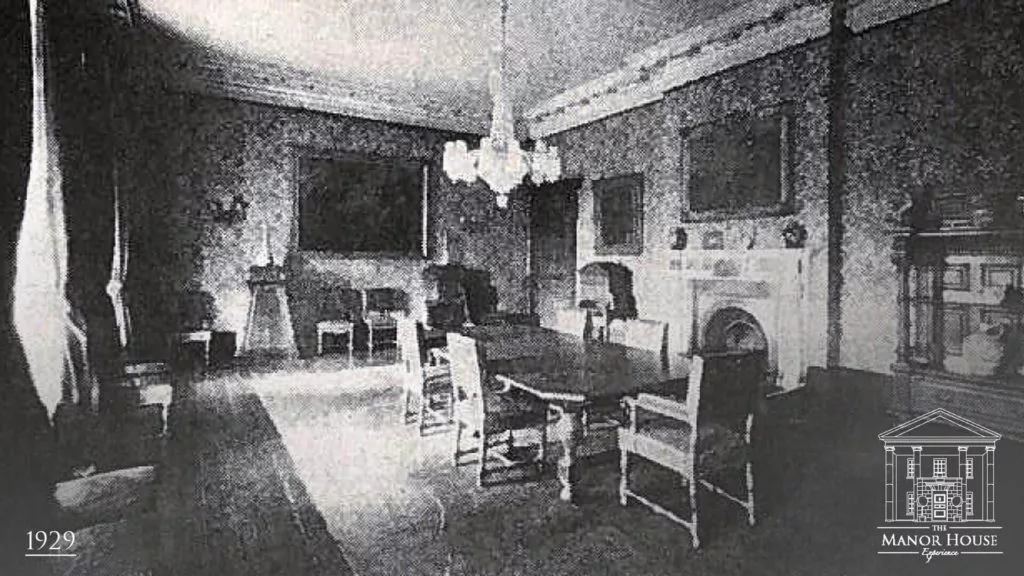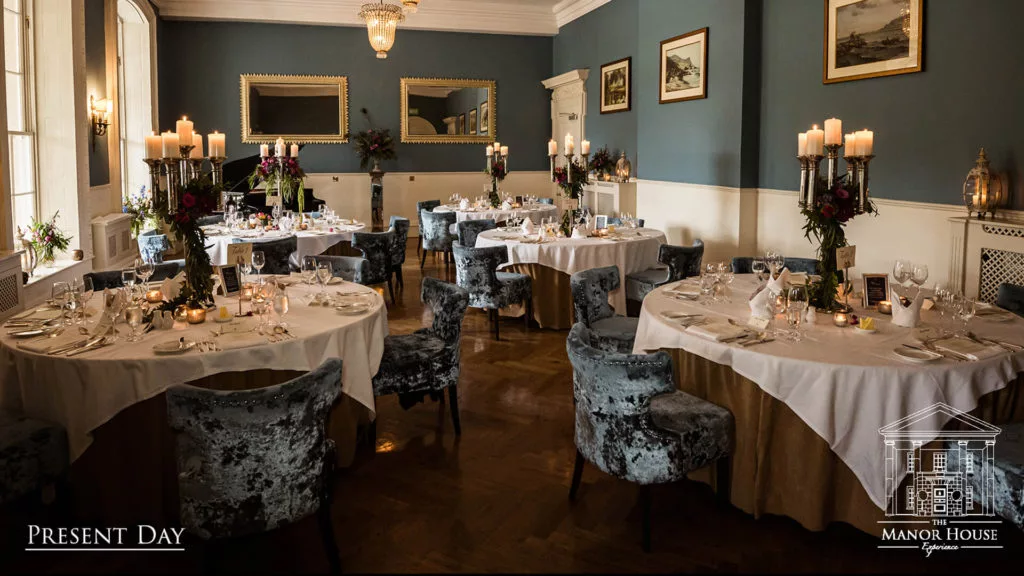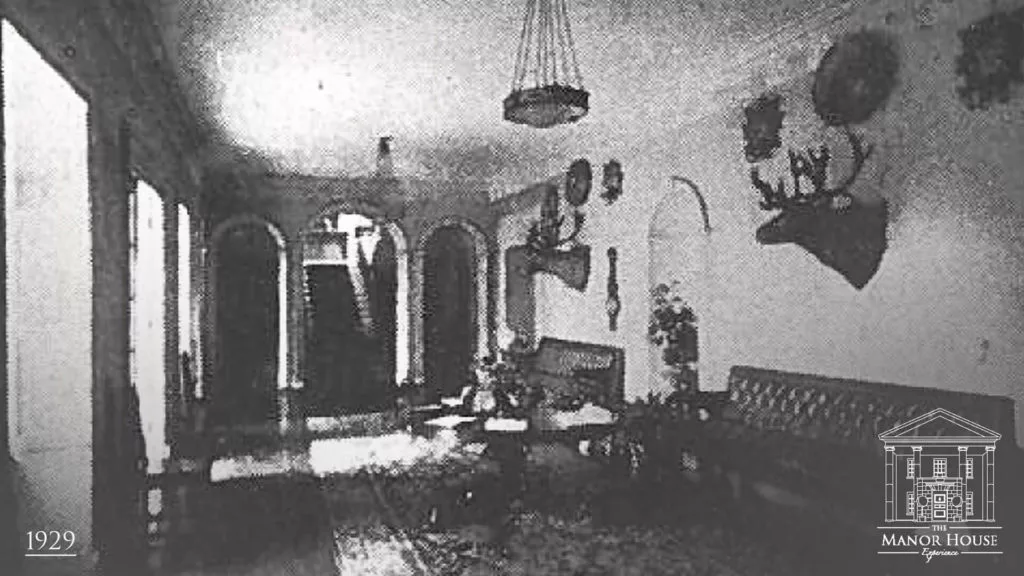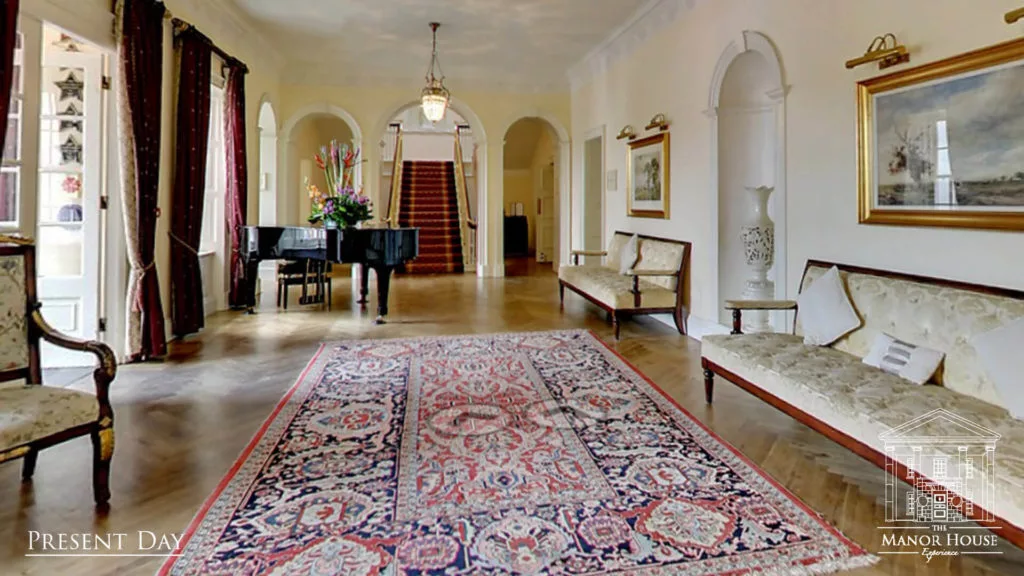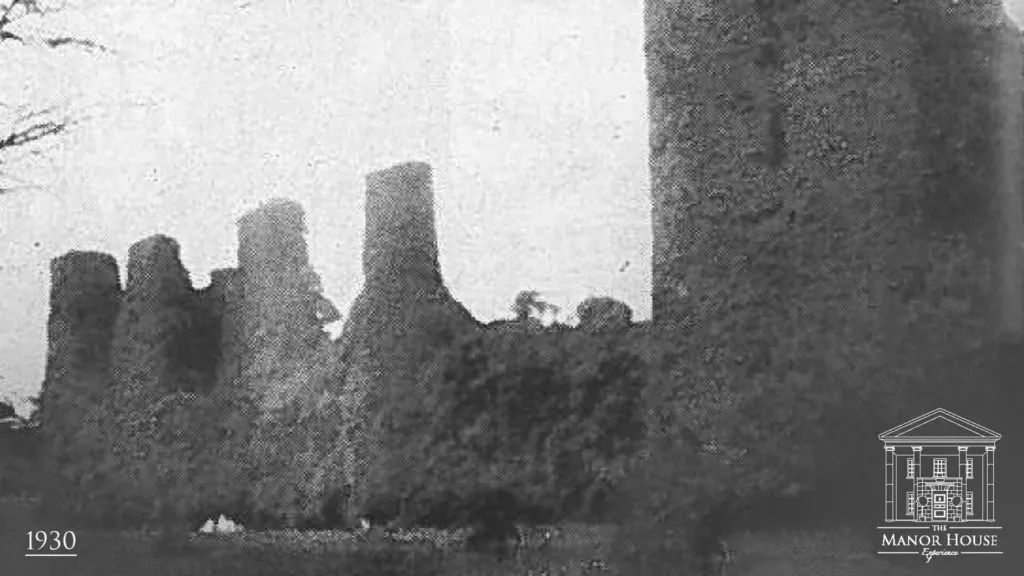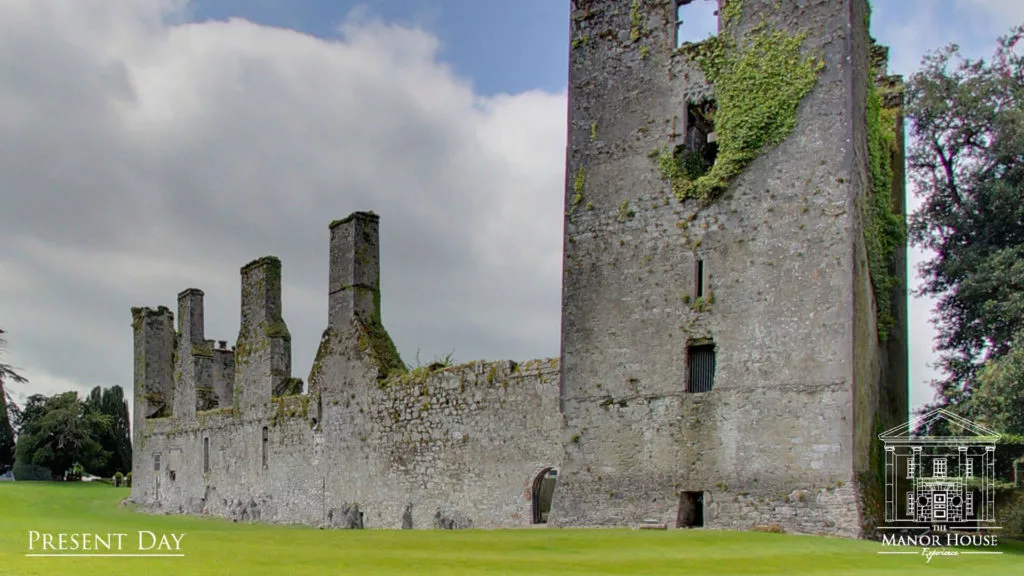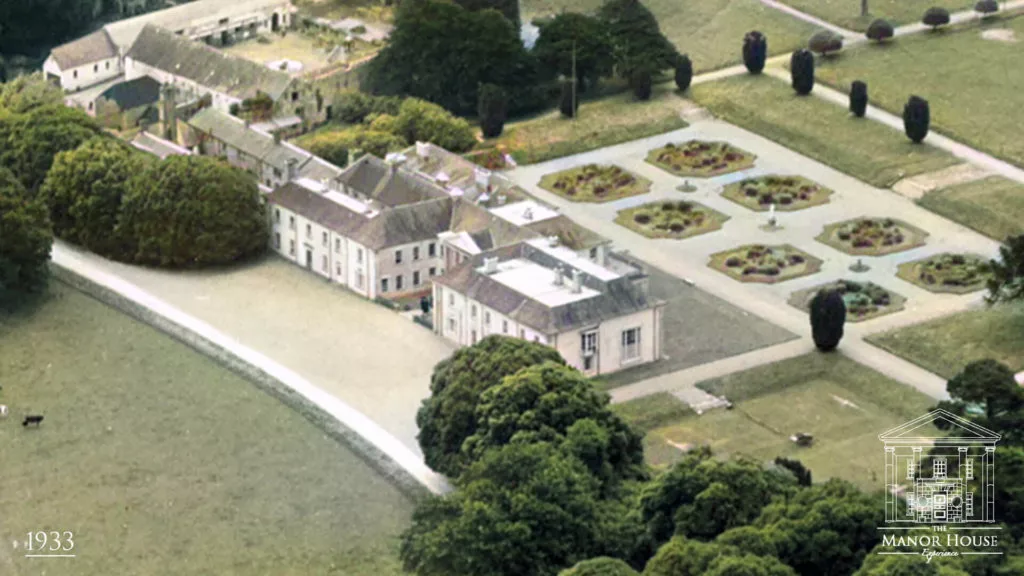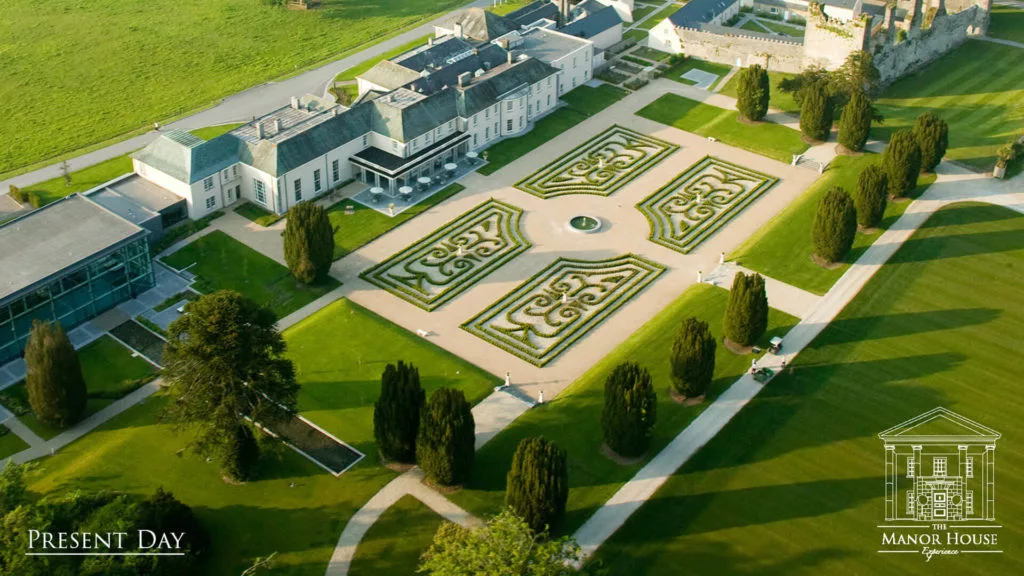History of Castlemartyr Resort Cork
Nestled amid Cork’s woodlands, Castlemartyr (Baile na Martra) is a destination richly steeped in Emerald Isle history and tradition.
The castle from which the village of Castlemartyr takes its name was first built in 1210 by The Knights Templar, who was one of the most famous of the Christian military orders under the leadership of Richard Earl de Clare, more commonly known as Strongbow.
In the centuries that followed, the lands changed hands many times, among its owners were Sir Walter Raleigh and Richard Boyle, the first Earl of Cork. It was under Boyle’s stewardship that the construction of the magnificent Manor House took place in the 17th century. Painstakingly restored to its original grandeur, the Manor House now forms the centrepiece of the Castlemartyr Resort.
Other historical features include the unique Templar Cross, which composes the centrepiece of the Castlemartyr’s Golf Club coat of arms. Following a rebellion in 1578, the Earl of Desmond James Fitzgerald had his estates forfeited to the Crown and awarded to Sir Walter Raleigh.
Prior to Sir Walter Raleigh’s departure from Youghal on a historic voyage to South America Richard Boyle, the first Earl of Cork acquired Raleigh’s Estates.
The Tomb of the Third Earl of Cork can be found on the Estate.
From Strongbow and the Knight’s Templar to Sir Walter Raleigh and the Earl of Cork, Castlemartyr Resort and village have their own fascinating history to tell. The ‘Manor House Experience’ at Castlemartyr Resort captures some of that rich history for our guests, with historically titled Manor House guest rooms, complete with plaques giving further insight into our history.⠀
⠀⠀
We look forward to bringing you more details on this fascinating history, with regular updates on our social media platforms and blog.
